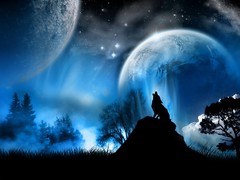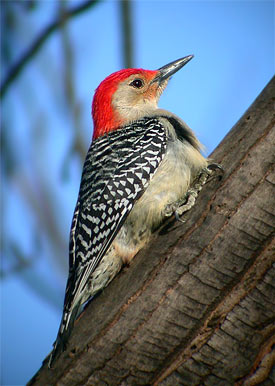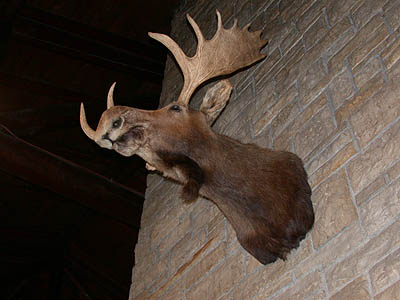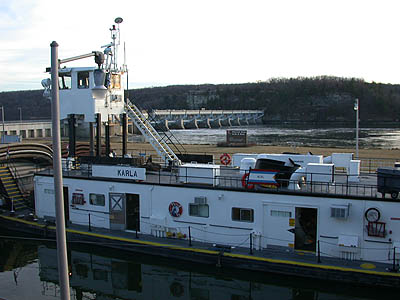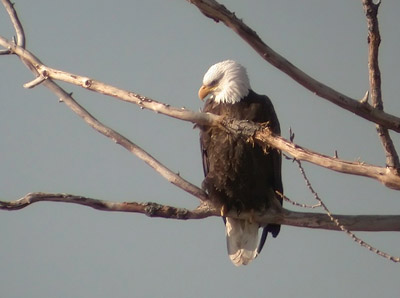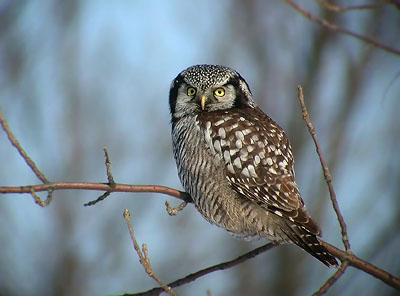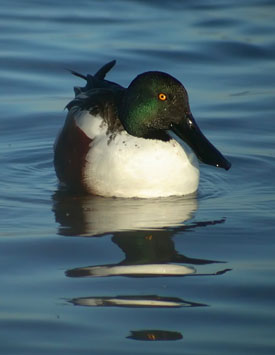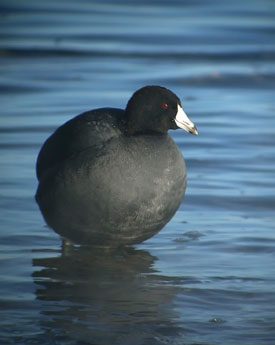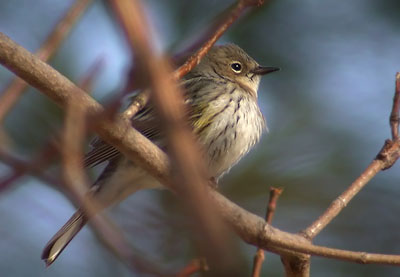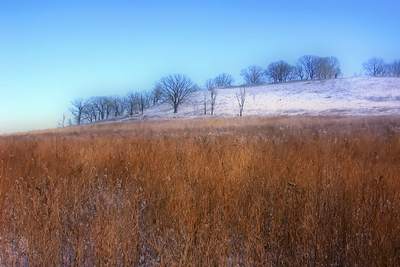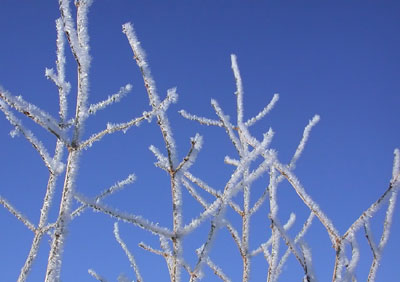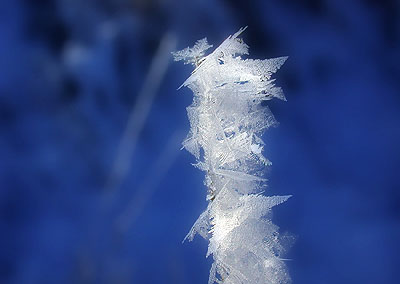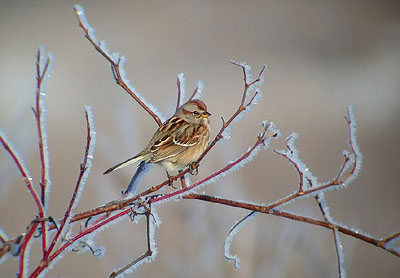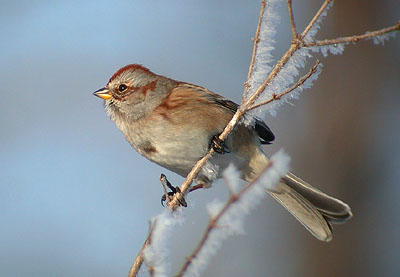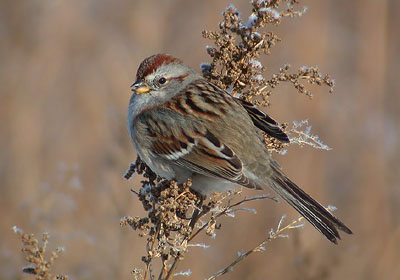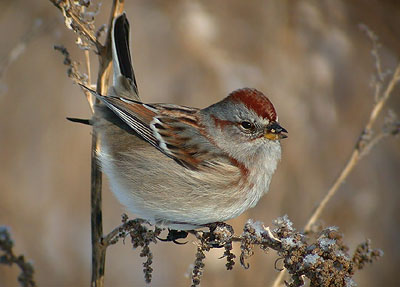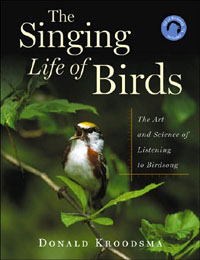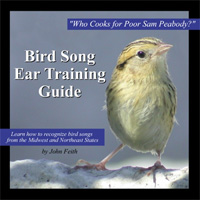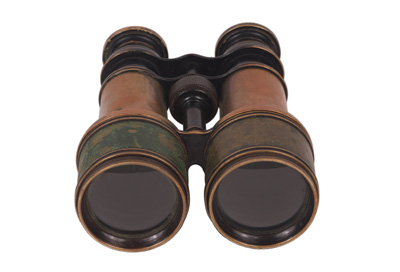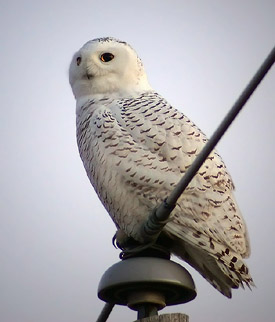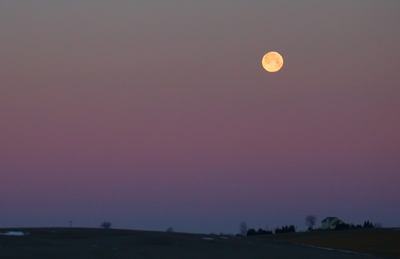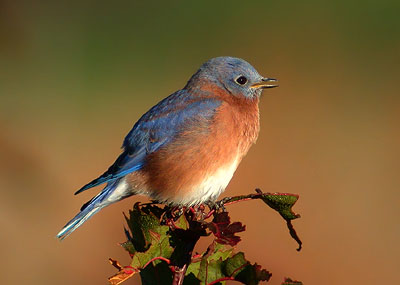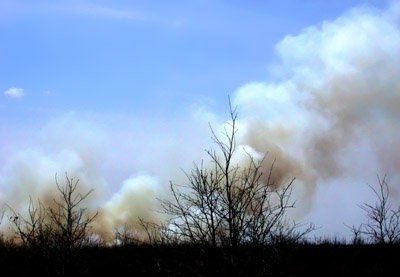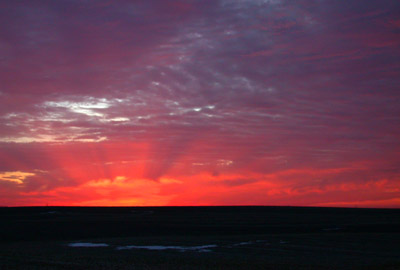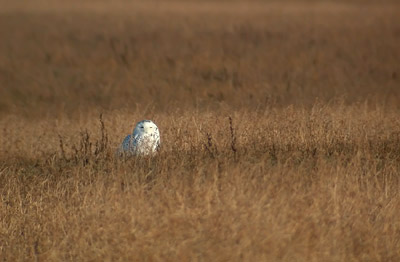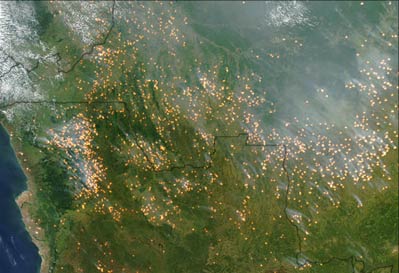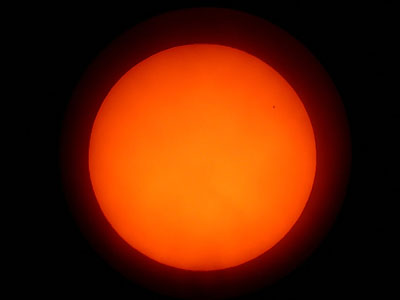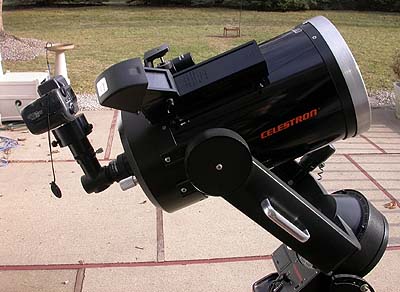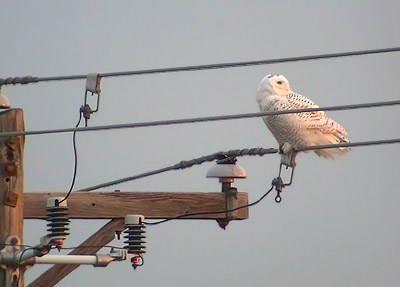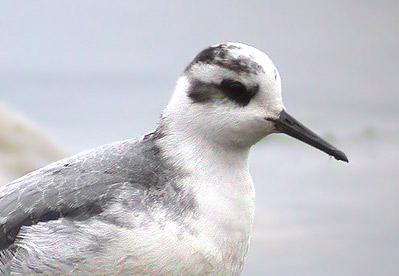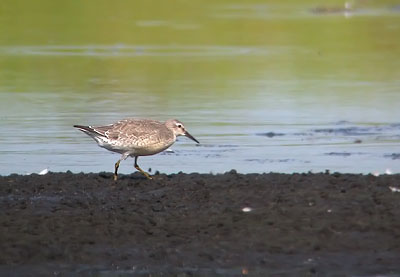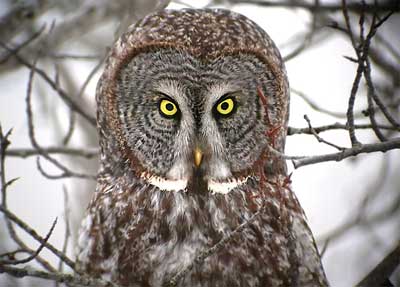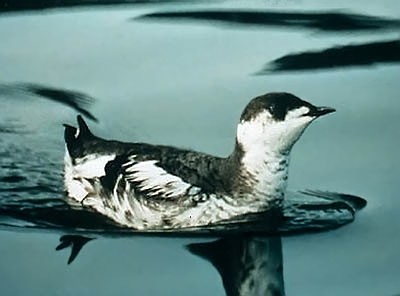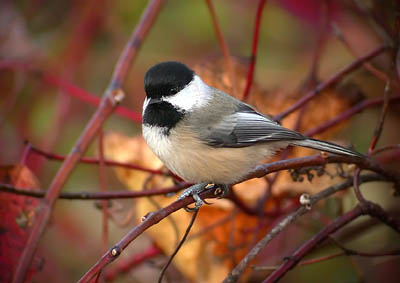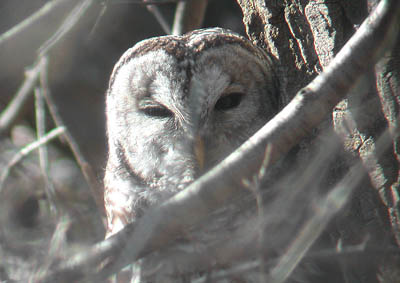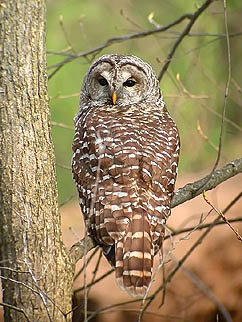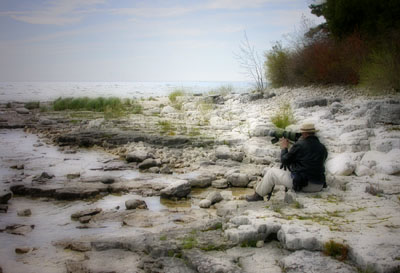
Today I'm down with the flu. I'm bored to death at home with a temperature of 102. Daytime television is no answer, so I thought I would ramble a bit and answer Al Schirmacher's question about why we bird.
Recently I attended a lecture at the UW campus by E.O. Wilson on the subject of biodiversity and extinction. I have to report it was a major downer to hear from such a distinguished scientist just how bad things are. So I bird because of our imperfect world - it is pure escapism for me. For a short while I'm not concerned about the price of gas, the mortgage, politics, wars and all the ills and evils that go on. The media bombards us with such horrible stories and without this escape, I think I would go completely crazy. Birding and bird photography has become the antidote.
I feel pretty lucky to be here and consider my life a cherished and temporary gift. Without the passing of my brother in 1997, I doubt I would be the birder and photographer I am today. It was a small inheritance I used to purchase some astronomical equipment and it changed the course of my life forever.
I went through a transitional period from living a very materialistic lifestyle to one of very modest wants, goals and dreams - now I yearn for a simple existence. I recently told a friend that sometimes this simplicity makes me feel shallow when I'm around non-birders, like I can't understand why everyone wouldn't want to be a birder and find our kind of stories interesting.
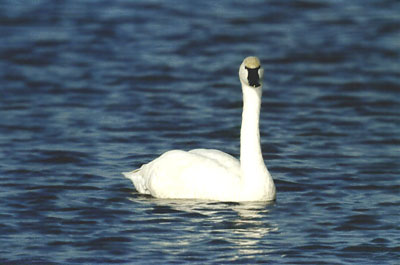
But years before, I said the very same thing about astronomy to another friend - how can people not want to spend every clear night under the canopy of stars, stare in wonderment and ponder our place in the Universe? I guess I answered that question by going through another transition when I took my very first bird photograph through my astronomical telescope in 1998. It was a Tundra Swan at Goose Pond and I was amazed at the quality of my first attempt - I was hooked. I'll still take out the C8 and look at the Moon, Jupiter, Saturn, Mars and some of my favorite Messier objects, but now birding dominates my free time.

"We are a culture of special effects, virtual reality, ersatz experience. Generally, it takes a blockbuster to gain our attention. Super Bowls. Mega-events. Las Vegas and Orlando. To bring us out at night away from our big-screen TVs, one would have supposed the sky would have to roil with coruscating light."
-- Chet Raymo
Hey! Somewhere in the Universe birds exist...right...here. How lucky we are to have them. That Yellow-rumped Warbler is still in my backyard and just the thought that it's been surviving on tree sap for the past several days erases all the bad things I've heard today and makes my fever just a little more bearable.
All images © 2006 Mike McDowell










